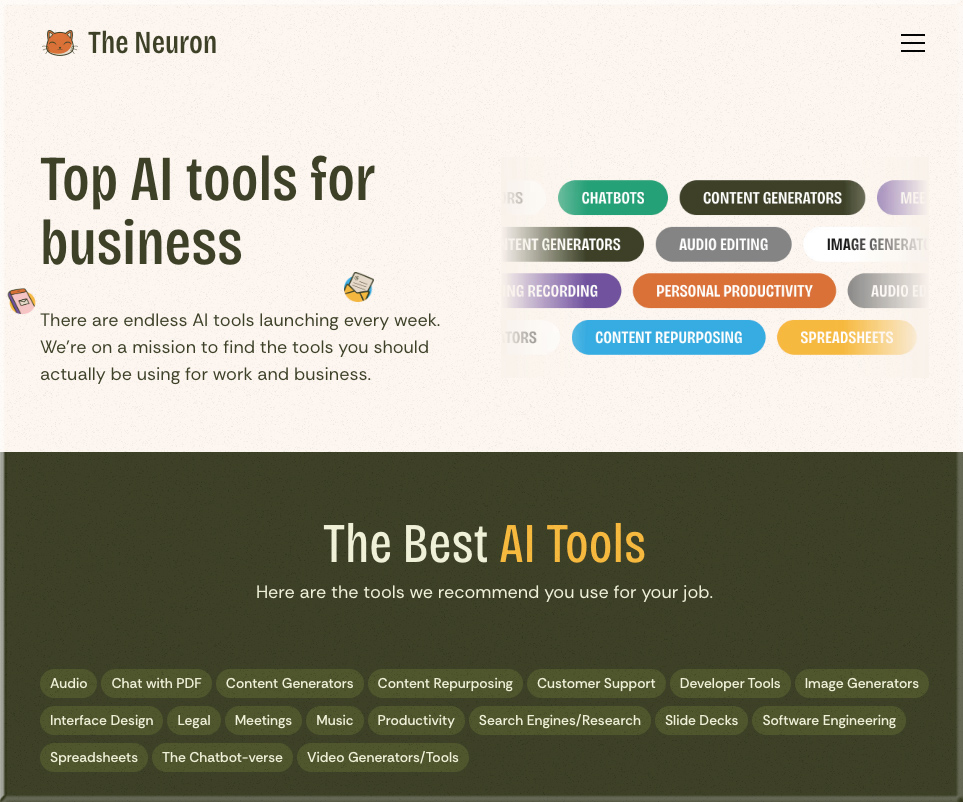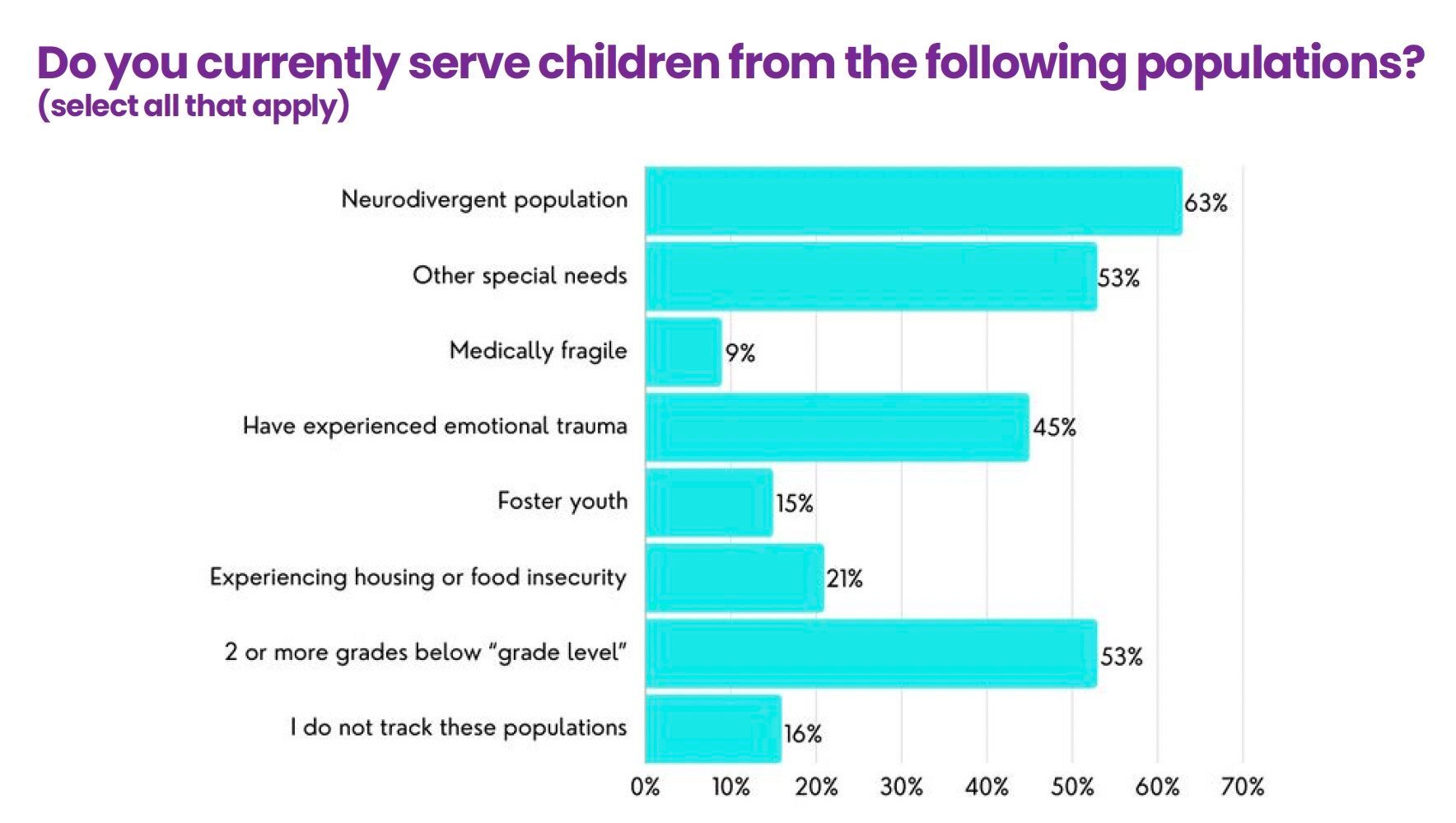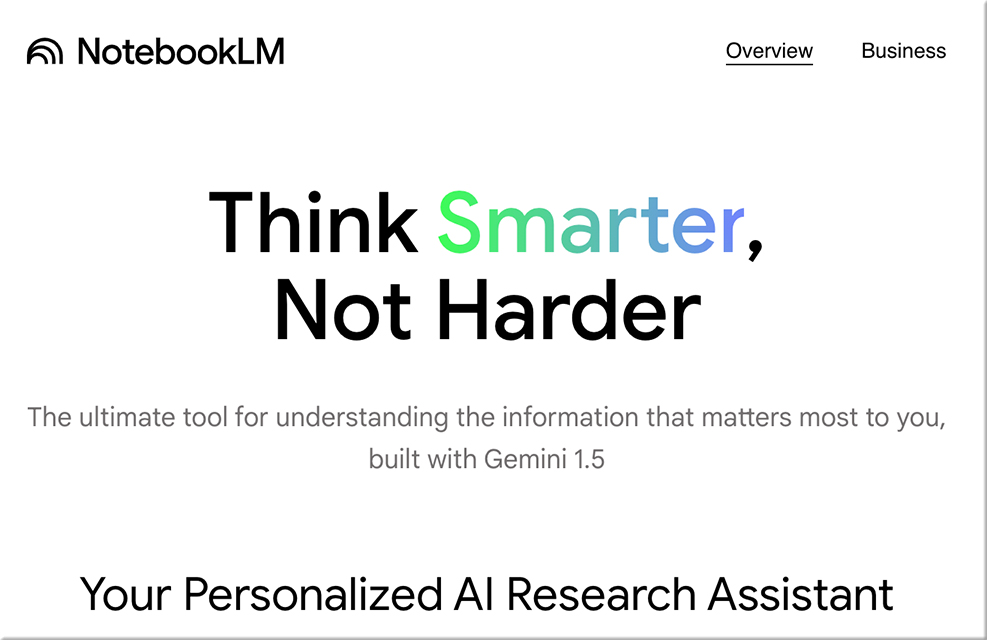Introducing Gemini 2.0: our new AI model for the agentic era — from blog.google by Sundar Pichai, Demis Hassabis, and Koray Kavukcuoglu
Today we’re excited to launch our next era of models built for this new agentic era: introducing Gemini 2.0, our most capable model yet. With new advances in multimodality — like native image and audio output — and native tool use, it will enable us to build new AI agents that bring us closer to our vision of a universal assistant.
We’re getting 2.0 into the hands of developers and trusted testers today. And we’re working quickly to get it into our products, leading with Gemini and Search. Starting today our Gemini 2.0 Flash experimental model will be available to all Gemini users. We’re also launching a new feature called Deep Research, which uses advanced reasoning and long context capabilities to act as a research assistant, exploring complex topics and compiling reports on your behalf. It’s available in Gemini Advanced today.
Over the last year, we have been investing in developing more agentic models, meaning they can understand more about the world around you, think multiple steps ahead, and take action on your behalf, with your supervision.
.
Try Deep Research and our new experimental model in Gemini, your AI assistant — from blog.google by Dave Citron
Deep Research rolls out to Gemini Advanced subscribers today, saving you hours of time. Plus, you can now try out a chat optimized version of 2.0 Flash Experimental in Gemini on the web.
Today, we’re sharing the latest updates to Gemini, your AI assistant, including Deep Research — our new agentic feature in Gemini Advanced — and access to try Gemini 2.0 Flash, our latest experimental model.
Deep Research uses AI to explore complex topics on your behalf and provide you with findings in a comprehensive, easy-to-read report, and is a first look at how Gemini is getting even better at tackling complex tasks to save you time.1
Google Unveils A.I. Agent That Can Use Websites on Its Own — from nytimes.com by Cade Metz and Nico Grant (NOTE: This is a GIFTED article for/to you.)
The experimental tool can browse spreadsheets, shopping sites and other services, before taking action on behalf of the computer user.
Google on Wednesday unveiled a prototype of this technology, which artificial intelligence researchers call an A.I. agent.
…
Google’s new prototype, called Mariner, is based on Gemini 2.0, which the company also unveiled on Wednesday. Gemini is the core technology that underpins many of the company’s A.I. products and research experiments. Versions of the system will power the company’s chatbot of the same name and A.I. Overviews, a Google search tool that directly answers user questions.
Gemini 2.0 is the next chapter for Google AI — from axios.com by Ina Fried
Google Gemini 2.0 — a major upgrade to the core workings of Google’s AI that the company launched Wednesday — is designed to help generative AI move from answering users’ questions to taking action on its own…
…
The big picture: Hassabis said building AI systems that can take action on their own has been DeepMind’s focus since its early days teaching computers to play games such as chess and Go.
- “We were always working towards agent-based systems,” Hassabis said. “From the beginning, they were able to plan and then carry out actions and achieve objectives.”
- Hassabis said AI systems that can act as semi-autonomous agents also represent an important intermediate step on the path toward artificial general intelligence (AGI) — AI that can match or surpass human capabilities.
- “If we think about the path to AGI, then obviously you need a system that can reason, break down problems and carry out actions in the world,” he said.
AI Agents vs. AI Assistants: Know the Key Differences — from aithority.com by Rishika Patel
The same paradigm applies to AI systems. AI assistants function as reactive tools, completing tasks like answering queries or managing workflows upon request. Think of chatbots or scheduling tools. AI agents, however, work autonomously to achieve set objectives, making decisions and executing tasks dynamically, adapting as new information becomes available.
Together, AI assistants and agents can enhance productivity and innovation in business environments. While assistants handle routine tasks, agents can drive strategic initiatives and problem-solving. This powerful combination has the potential to elevate organizations, making processes more efficient and professionals more effective.
Discover how to accelerate AI transformation with NVIDIA and Microsoft — from ignite.microsoft.com
Meet NVIDIA – The Engine of AI. From gaming to data science, self-driving cars to climate change, we’re tackling the world’s greatest challenges and transforming everyday life. The Microsoft and NVIDIA partnership enables Startups, ISVs, and Partners global access to the latest NVIDIA GPUs on-demand and comprehensive developer solutions to build, deploy and scale AI-enabled products and services.
Google + Meta + Apple New AI — from theneurondaily.com by Grant Harve
What else Google announced:
- Deep Research: New feature that can explore topics and compile reports.
- Project Astra: AI agent that can use Google Search, Lens, and Maps, understands multiple languages, and has 10-minute conversation memory.
- Project Mariner: A browser control agent that can complete web tasks (83.5% success rate on WebVoyager benchmark). Read more about Mariner here.
- Agents to help you play (or test) video games.
AI Agents: Easier To Build, Harder To Get Right — from forbes.com by Andres Zunino
The swift progress of artificial intelligence (AI) has simplified the creation and deployment of AI agents with the help of new tools and platforms. However, deploying these systems beneath the surface comes with hidden challenges, particularly concerning ethics, fairness and the potential for bias.
The history of AI agents highlights the growing need for expertise to fully realize their benefits while effectively minimizing risks.




















